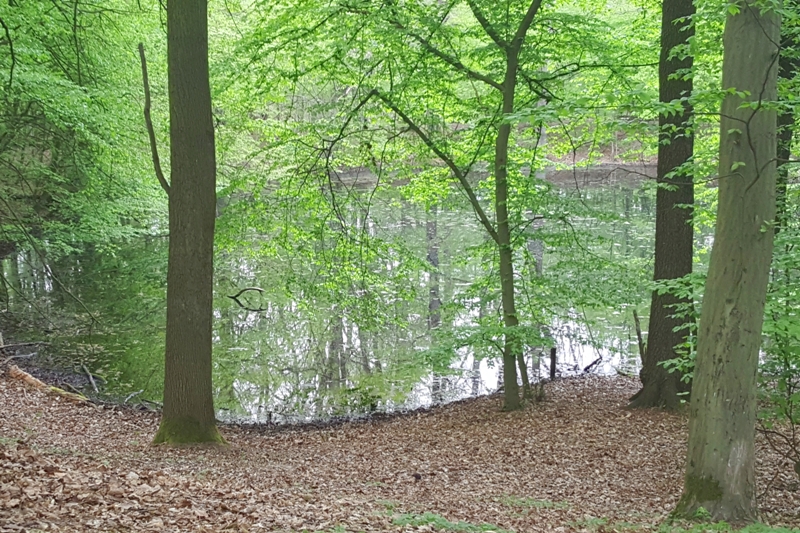
The city is situated on the Warta river. It is the capital of the Voivodeship of Wielkopolska and the see of the Archdiocese of Poznań. It is an important point on the Piast Trail.
Created in 1976, the Morasko Meteorite Reserve is a 54.54 ha landscape reserve on the northern outskirts of Poznań, where it borders the Suchy Las administrative district. It contains the highest point in the Poznań area, Góra Moraska (Morasko Hill), whose peak is 153.75 m asl.
Following the demarcated educational path so as to benefit from the commentary and clarifications on the information boards is the most profitable way of visiting the reserve, which is a great sightseeing attraction.
Góra Moraska’s northern slope was pummelled by a meteor storm about 5,000 years ago. This has left seven craters, six of which have taken on the shape of little eyes full of water and have no outflow. The most impressive is 13 m deep and has a diameter of 100 m. A 77.5 kg chunk of meteorite was found here in 1914. Meteors of a similar age and having the same chemical makeup are known to have left craters in only two other places in Europe.
The reserve is almost completely covered with forest, which it differentiated depending on the subsoil in which it grows. Oak and hornbeam forests occupy the fertile spots, while swampy alder forests cover the small patches of ground along the banks of the reservoirs. There are also pine stands which were artificially planted, as is, evidenced by their having the same age of around 110 years. The reserve has an abundance of flora. These number 82 species of moss, most of which are rare in Poland, and 440 species of vascular plant, some of which are rare and protected. Many species of animal can be seen here as well.
Birds include nuthatches, Eurasian treecreepers, pied flycatchers, black woodpeckers, mallards and Eurasian coots, while reptiles include common spadefoots, European fire-bellied toads, great crested and common newts, and edible and common frogs. There is an abundance of insects - mostly concentrated around the lakes – especially dragonflies and water insects. Six species of bat have colonised the hollows in the many old tree stumps. Large mammals take refuge here as well – roe deer, wild boar, foxes, hares, squirrels and even badgers.
The reserve is in the northern part of Poznań (access from ul. Meteorytowa). The yellow tourist trail passes through it from Piątkowo to Naramowice.






